“I couldn’t have hoped for a better cast for this film”: Jan-Ole Gerster on Islands at Berlinale 2025
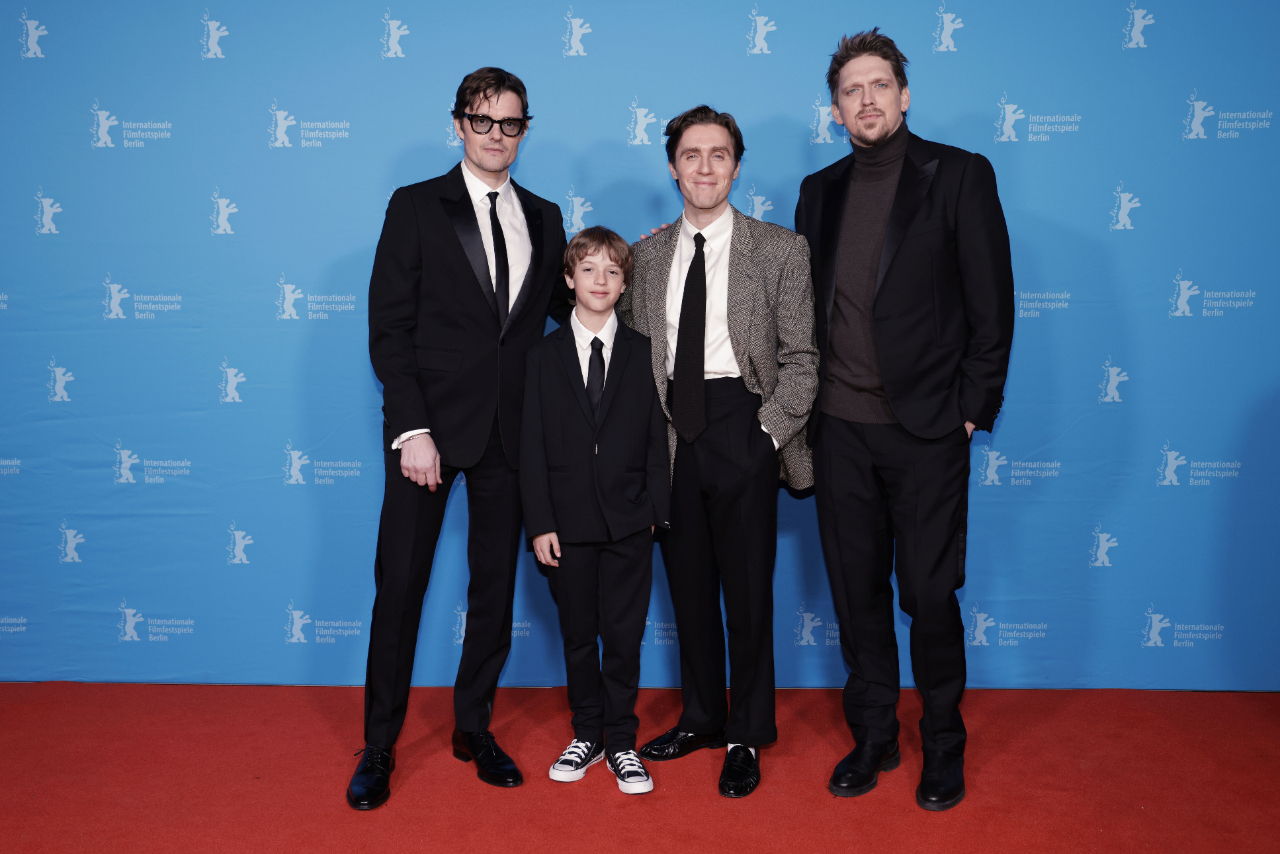
One of the most thrilling highlights at this year’s Berlinale was the surprising genre blend from home-game player Jan-Ole Gerster. His previous films, A Coffee in Berlin and Lara, both examine one day in the life of their protagonists as they wander through Berlin. For his English language debut, the German director travelled all the way to Fuerteventura, where his main character Tom (played by Sam Riley) teaches tennis at a family resort, when he isn’t out dancing, boozing and hooking up with tourists. Tom’s daily monotony is broken up by the arrival of Anne (Stacy Martin), Dave (Jack Farthing) and their son, and turned topsy-turvy when Dave goes missing.
The Upcoming spoke with Gerster about the inspiration behind this adventurous change of gears, the choice of British characters and the most scene-stealing animal since The Banshees of Inisherin’s miniature donkey.
There is so much to unpack in this film. But let’s start with the genesis: how did this blend of character study and mystery come together for you?
The whole idea for this film started with a trip to Fuerteventura. A friend of mine, who spends his winters there, invited me over, and we were staying in a little apartment building. From the balcony, I saw a tennis coach standing in the sun for ten hours every day. He was playing countless balls over the net, day in, day out. He was standing there, and he was just saying, “Sidestep! Watch the ball! Very good! Do it again! Three more!” The thing was like a sound installation of the monotony of his life. I was fascinated by it because he seemed to be stuck in the loop of playing balls, collecting balls, doing it over and over again. And he seemed a bit desperate and lonely and sad. He was smoking under my balcony, and he started to drink in the afternoon. I reached out to him, and I talked to him a little bit, but he seemed to be in denial of his situation, because he was constantly repeating to himself like a mantra how happy he is to live a life in paradise. But he didn’t seem to have proper friendships or connections, because at one point, he started to ask me to go out to dinner with him, and he just seemed to mingle with the tourists. So I thought, that was a nice thing to play around with, as a movie idea, especially as a great character for a movie. And I went home and I realised that he stuck with me. I also fell in love with the idea of shooting on this island from a cinematic point of view. The contrast of these harsh volcanic landscapes: it’s rough, but it has a rough beauty to it. You have the Atlantic Ocean, and then there are these rocky beaches and everything, but also beautiful sandy beaches.
And the genre elements?
I started to think what his story could be in the end. I ended up considering:: what would be the complete opposite to his lifestyle? He hadn’t had any responsibilities or relationships. So I thought, what if he gets confronted with the idea that there’s actually a child and a woman and a husband that disappears, and he can turn this miserable life into something meaningful, profound and beautiful, if he just takes it. It was at that moment where the movie shifted from drama to noir, because I had to get rid of the husband, and of course, there were investigations going on. Anne, we could look at her as a femme fatale, and there’s an inspector, and there’s the husband and this and that. Then it became this wild mix that we refer to as a vacation noir, because I am a really big fan of noir movies, especially if they make it into a more contemporary context.
Does the tennis coach who inspired Tom know about the film?
This was probably 12 years ago? I don’t know where he is now. Maybe he’s still standing in the sun every day? If I ever meet him again, I’m going to tell him.
What’s so great is that the husband that goes missing, Dave, isn’t just a plot device for Tom. We learn that he isn’t happy in his life, either.
I think no one’s really happy in his life. I mean, this marriage is obviously troubled, and Dave, he’s more of a big man child. He’s like a second son to his wife, but he’s also struggling with the role he has to play. Just as Tom is struggling as the old womaniser: he hurts his back when he falls off the bed, and the girls are mocking him. They play with him, like some toy. He isn’t what he was maybe 20 years ago, when he came to the island. And Dave is struggling with his role as a husband and father. I think that the title refers to the fact that they are a group of people that kind of belong together but are disconnected and all by themselves. This is something I thought of when I thought about the character, and I thought Islands might be a good title for it, because there’s something simple and poetic about it. It’s not only geographically referring to the place, but to the emotional disconnection of the characters.
Islands is your first feature in the English language. Were you always thinking of these characters as British when you wrote them?
Well, I was always looking for some project that would make it easy for me to shoot in the English language. And you know, Fuerteventura is an island that is occupied by British tourists and German tourists. There are as many Brits as there are Germans getting drunk in the afternoon. So I thought this feels like a neutral ground. Often, if you shoot English language films on the European continent, it feels a little bit forced or unnatural. Why is everybody speaking English right now? But having a British coach and a British family felt natural, and it felt like the right project to give it a try in the English language. Then I had the luck of meeting these guys and Stacy, and I couldn’t have hoped for a better cast for this film because they’re not just right for the roles, but they’re also amazing people to go on a journey like this with.
I’m curious how you came up with the looks for these characters. Was this idea of a Hitchcock Blonde part of it?
Stacy was already blonde because of another film, and then I embraced it, because I said, “Okay, I take that chance! Perfect!” I don’t know if I would have pushed it so far if I would have had the choice. I mean, I could have – I had a choice. But it looks cool, it looks stunning, and I’m always terrified about messing with the actors’ hair, because you know, if you like it, don’t touch it! She looked perfect when she arrived on the set, and I said, “Yes, let’s go for that look.” But yeah, there’s some Hitchcock blonde to it.
So you shot right after The Brutalist?
Yeah, I think they had already finished The Brutalist.
In contrast to your clearly defined protagonists, the tourists Tom bonds with become really indistinct, which you take advantage of at a later stage in the film.
I think the idea is that, first of all, you establish this world, right? People come and go, and you have no profound relationship whatsoever. And this may be something that he enjoyed as a young man, which just becomes an empty feeling. It also introduces the idea of getting wasted, waking up in wrong places, not remembering a thing, you know, that this could have happened like seven, eight years ago, as well. We see his modus operandi and learn about his lifestyle, and because of this, we understand that this could have happened before.
There’s also a sense of humour in the repetition: the cuts mirror each other whenever he wakes up, the club plays the same song all the time.
It was about the monotony. You come to the place once, and the music is all new and crazy – it’s actually a song that I produced with a friend, and he asked me to sing something. I went to his studio, and he said, “We have to come up with some lyrics. It’s Eurodance trash music. Come on, it requires trashy lyrics!” The only thing I could think of as I was getting the microphone was this, “Give me just another night! Just another night!” To me, it was playing with the idea of, come on, this is the last night we have, it’s the night of our life, and you feel the euphoria about this club moment. But then the next night, you hear it again, and the next night, and it becomes empty, even stupid. This is something we definitely had in mind by repeating all these things that you know. Also, Anne points out, doesn’t the sun get relentless after a while? Actually, the Spanish – it’s not subtitled – but there’s a weather forecast in the background when he’s at home, and it always says, “It’s again sun on Fuerteventura, sun sun sun,” like every day is the same day. There was this idea of repetition, of a monotony that he had to break out from.
Lastly, we have to talk about the camel!
Well, it would be a bit unsatisfying to explain the idea of the camel; it’s obviously a metaphoric device. I mean, the camel farmer refers to it as a very sensitive creature, it’s responding to the tremors and the volcanos of the islands, which are also a nice metaphor for the inner life of the characters, which we never really learn about – which is also such an achievement of the actors, that we understand by watching them, how they look at each other, how they realise things. When Tom is in the interrogation and she’s talking about Dave being infertile, we just understand what’s going on by looking at him, because he manages, really he achieves, to bring his inner world to his face somehow and to his gestures. So yeah, all these metaphors that the island had to offer we embraced because there were so many great metaphorical things. I was fascinated by the idea of having this camel, which is kind of a warning to him, right? It’s time to go, it’s got time to leave this place! And – I don’t want to spoil it to anyone who’s not seen the film – but there is a very disturbing moment, and I can see it in Sam’s face that he understands that things are not going well for him, for Tom. I believe the camel also sets this tone of danger, which I liked.
Selina Sondermann
Islands does not have a release date yet. Read our review here.
Read more reviews from our Berlin Film Festival coverage here.
For further information about the event visit the Berlin Film Festival website here.



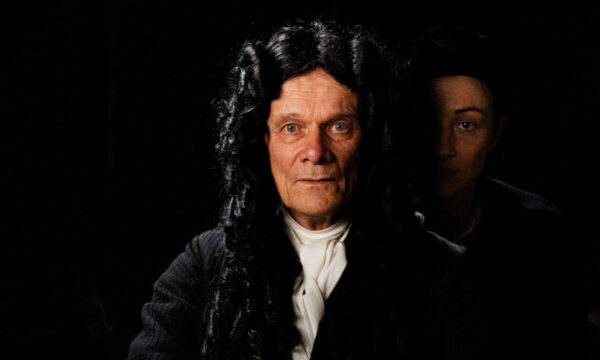
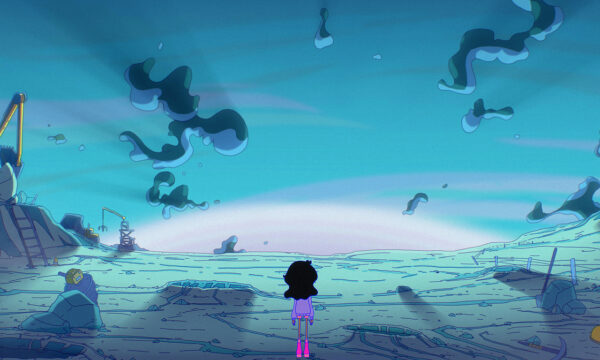

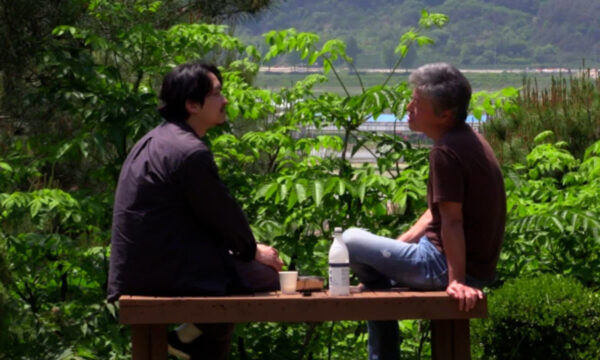
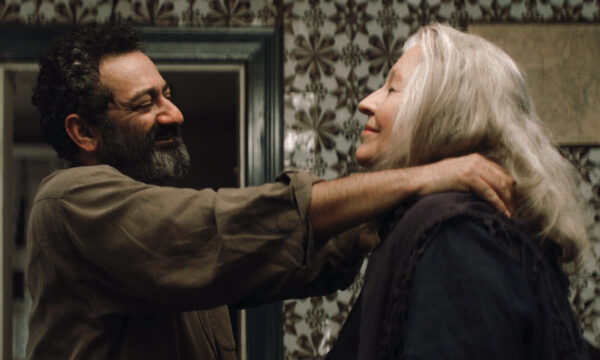
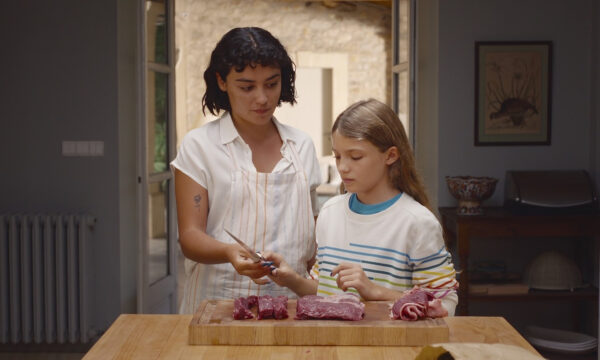
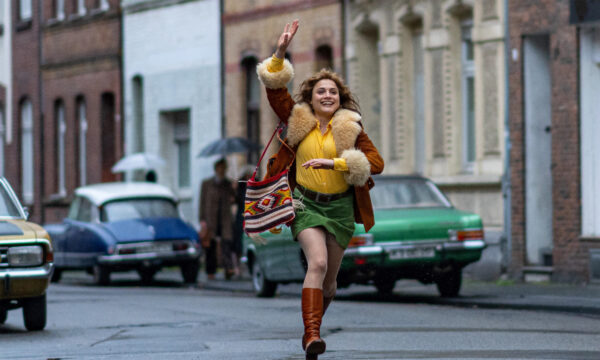
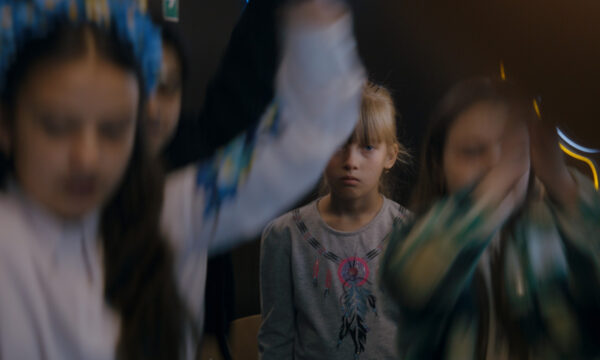
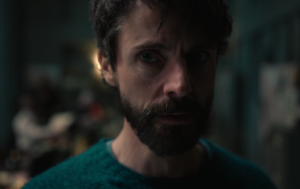
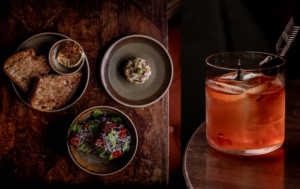
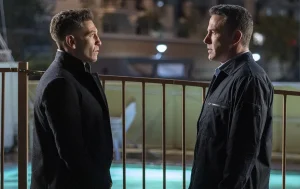
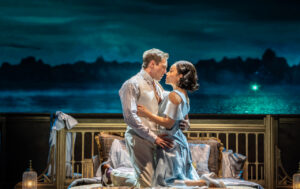

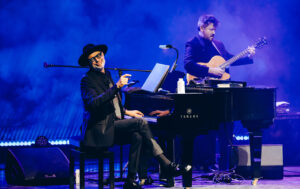

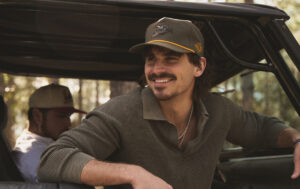




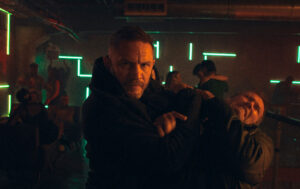
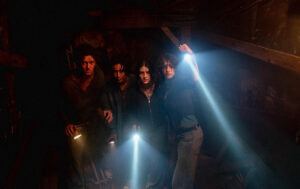
Facebook
Twitter
Instagram
YouTube
RSS